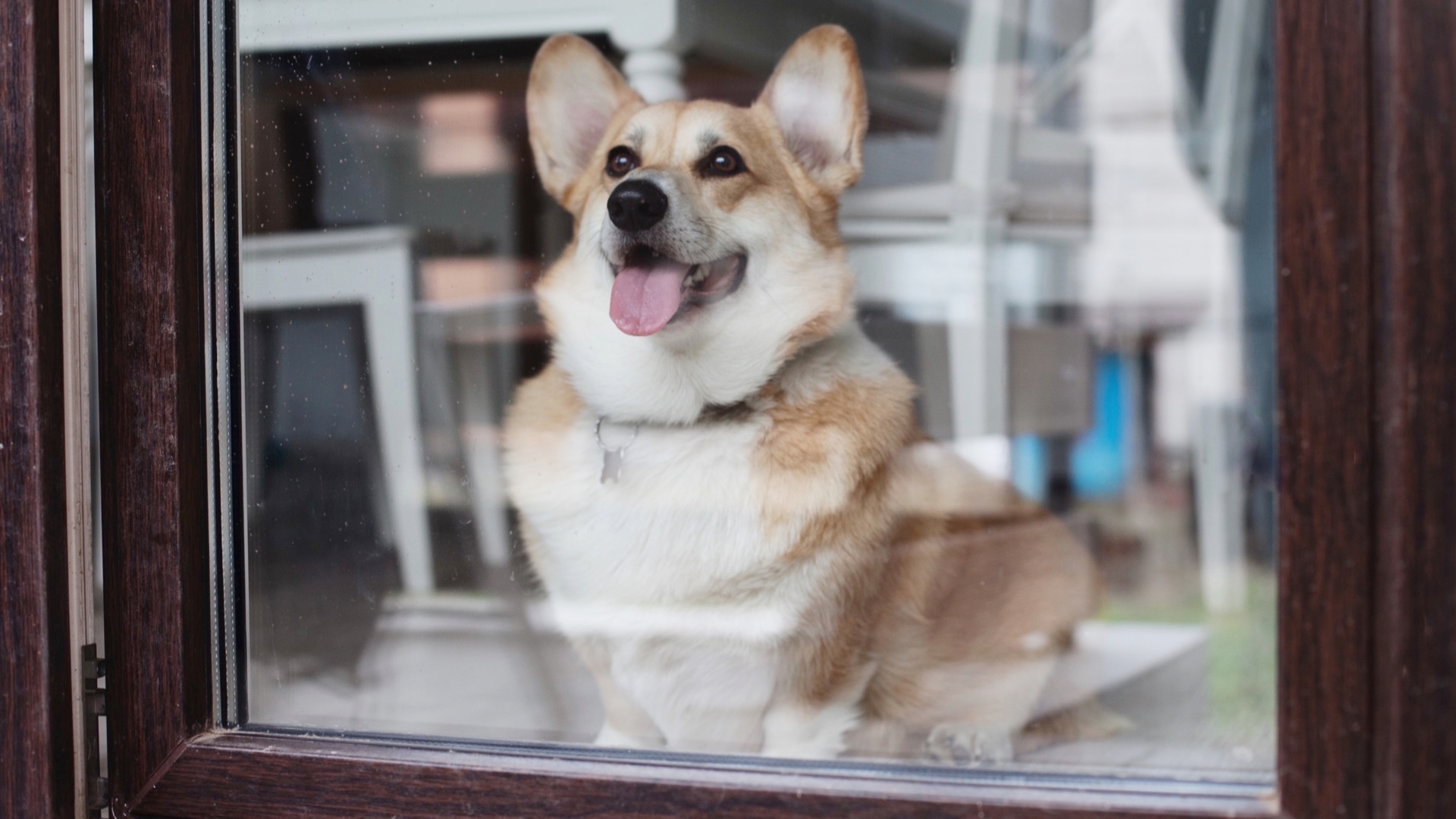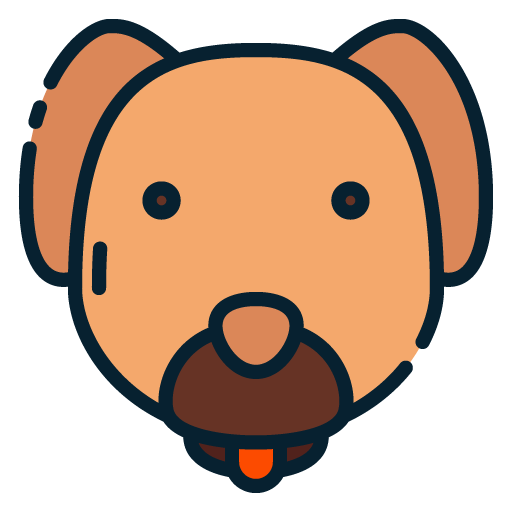Preventing Separation Anxiety Post COVID-19:
Summary:
When life returns to "normal," many dogs will return to being alone for a good portion of the day. This might be a hard adjustment for many dogs. Some dogs might suffer from separation anxiety-related issues. Here are a few ideas to prevent separation anxiety from developing or returning after the lockdown ends.
When life returns to "normal," many dogs will return to being alone for a good portion of the day. This might be a hard adjustment for many dogs. Some dogs might suffer from separation anxiety-related issues.
Here are a few ideas to prevent separation anxiety from developing or returning after the lockdown ends.
Routine:
Develop a schedule that mimics a typical day. This means meals and walks at approximately the same time that these things usually occur during an average day. (We know you're not going to do this, but it's excellent advice!)
Preventive training:
- Routinely practice departure cues (picking up your keys, putting on your shoes) without leaving.
- Practice leaving your pup alone in her special safe zone or on her pen and leaving the room.
- Leave the house every day without your dog, even if you can only go as far as a porch or hallway some days. If you can, go for a walk, do some yard work, go to the supermarket, take your laptop outside to do some work, watch some Netflix in the sunshine, or clean your car. Do this often!
Crate/pen/safe area:
If you usually leave your pup in a kennel, an exercise pen, or a particular area of the house when you go out, then have her go to this spot for short periods while you are present. For example, putting her in her pen with a stuffed Kong or puzzle toy when you are watching a movie. If it's been a few weeks since she's been in this space, start with a short period and gradually increase the time she's contained. Reward her quiet and calm behavior with treats, faint praise, or whatever else she values.
Greetings:
When you get home from being away, keep the greetings to a minimum for a few minutes until your dog is calm and settled. You don't want to make it a big deal. This also goes for departures. No need to ignore the dog, just avoid over-the-top attention. If you're unsure how to do this, think about your partner or kids. How excitedly do you greet them when you return from the store or during the workday?
Freedom:
Many dogs who already have separation anxiety do better when they are not confined to a small space like a kennel. This might be a good opportunity if you have been using one to start leaving your dog with more freedom. Start with very short absences and work your way, slowly, to longer and longer away time. The main thing to remember is that your dog will need some alone time daily. While this is an excellent opportunity to spend more time with your dog – and spend some time training and enriching them, not just cuddling them – remember that the world will return to normal in a few months. Let's ensure "back to normal" is a good thing for your dog.


